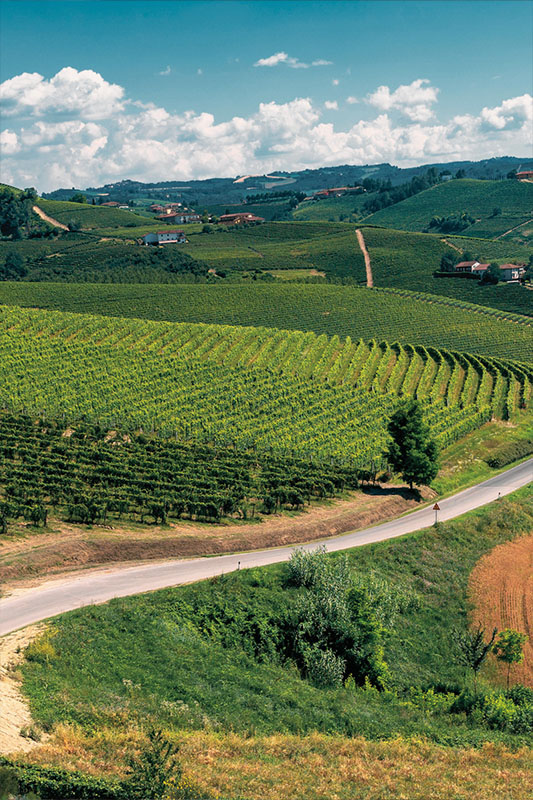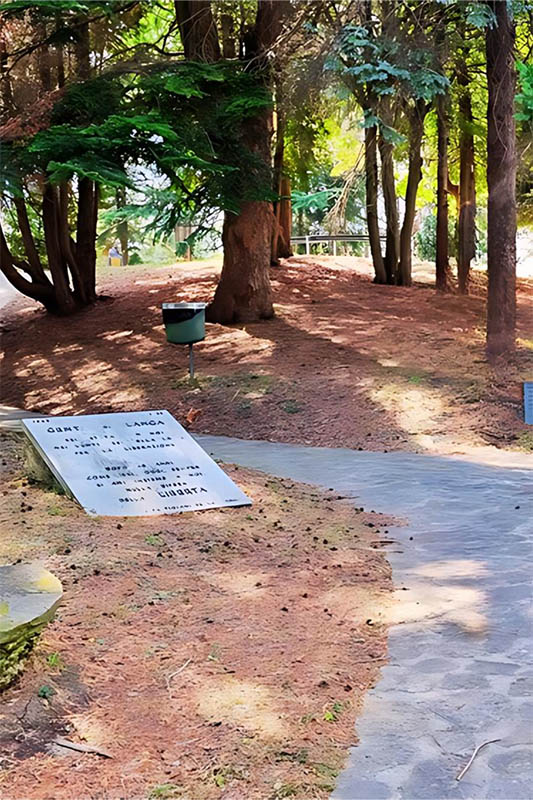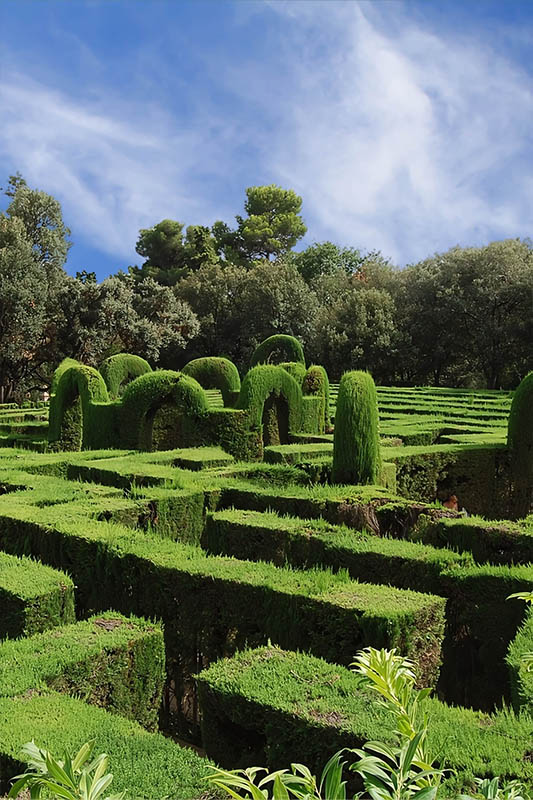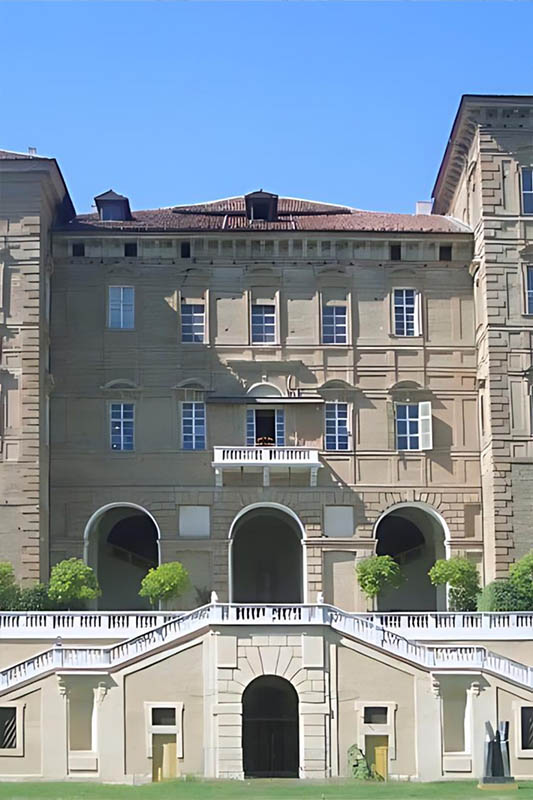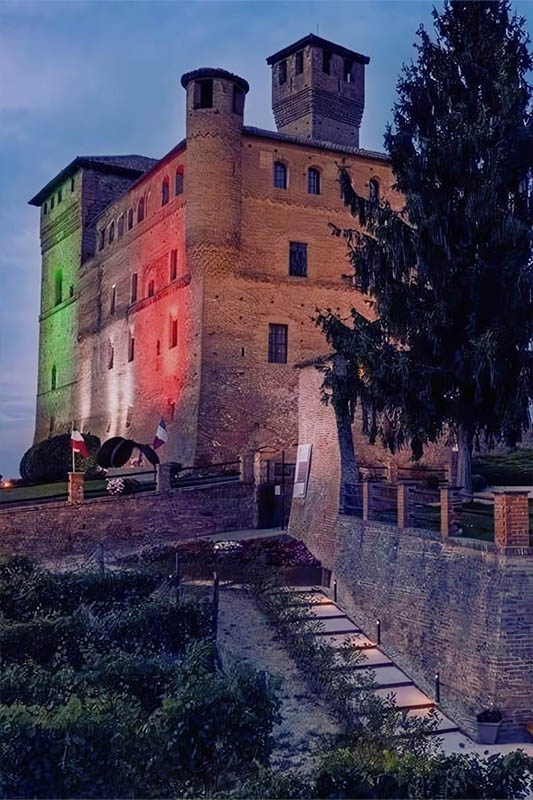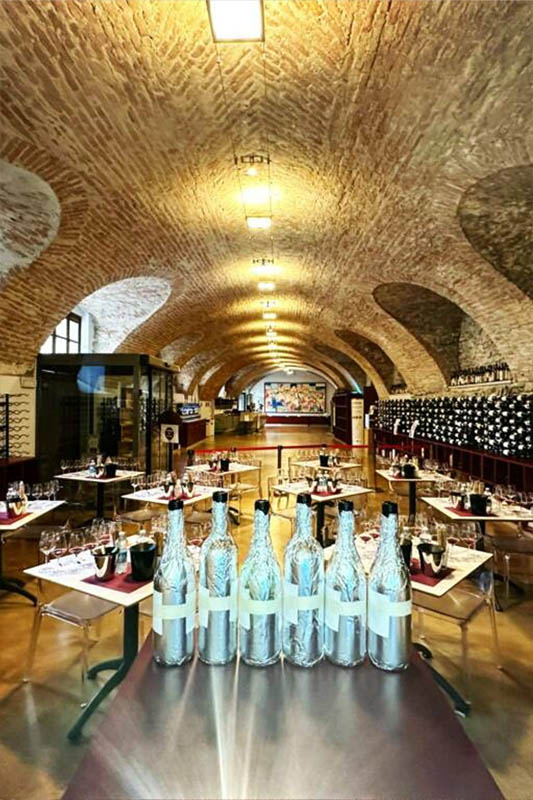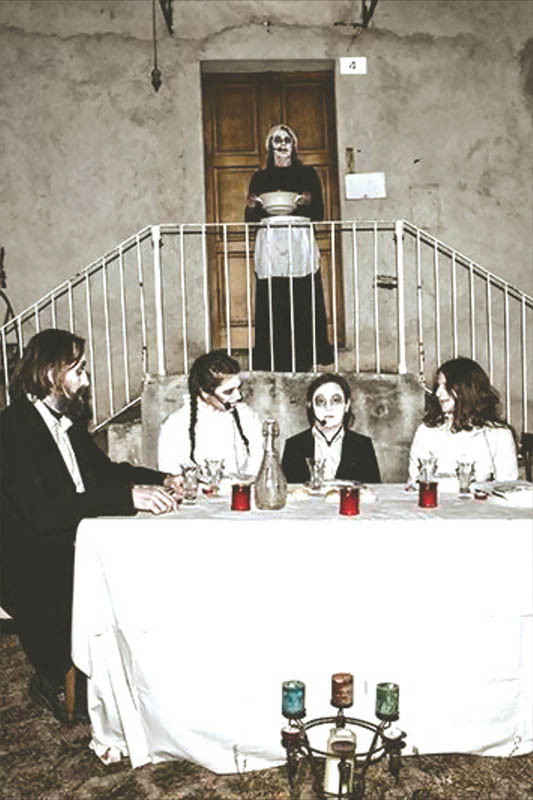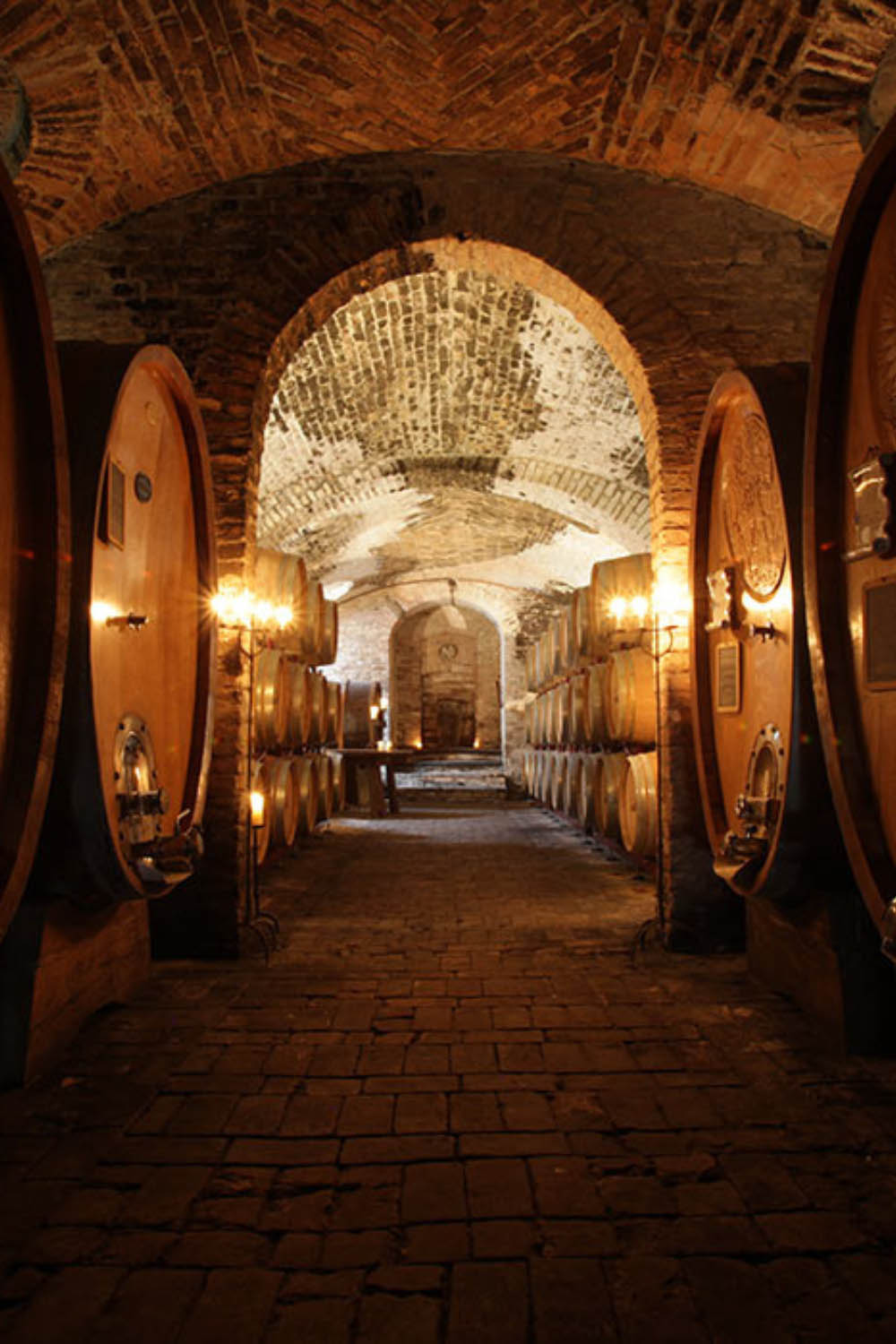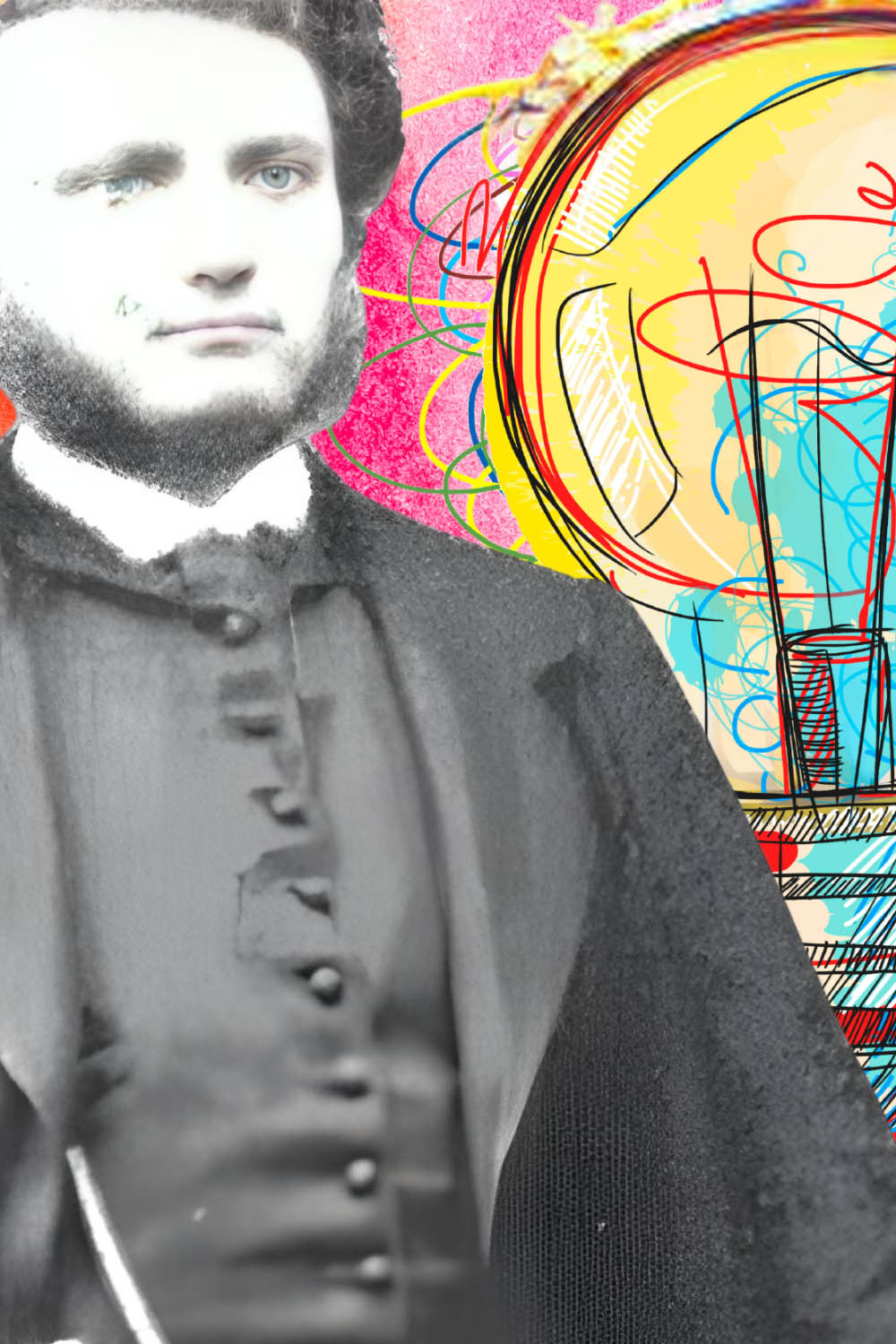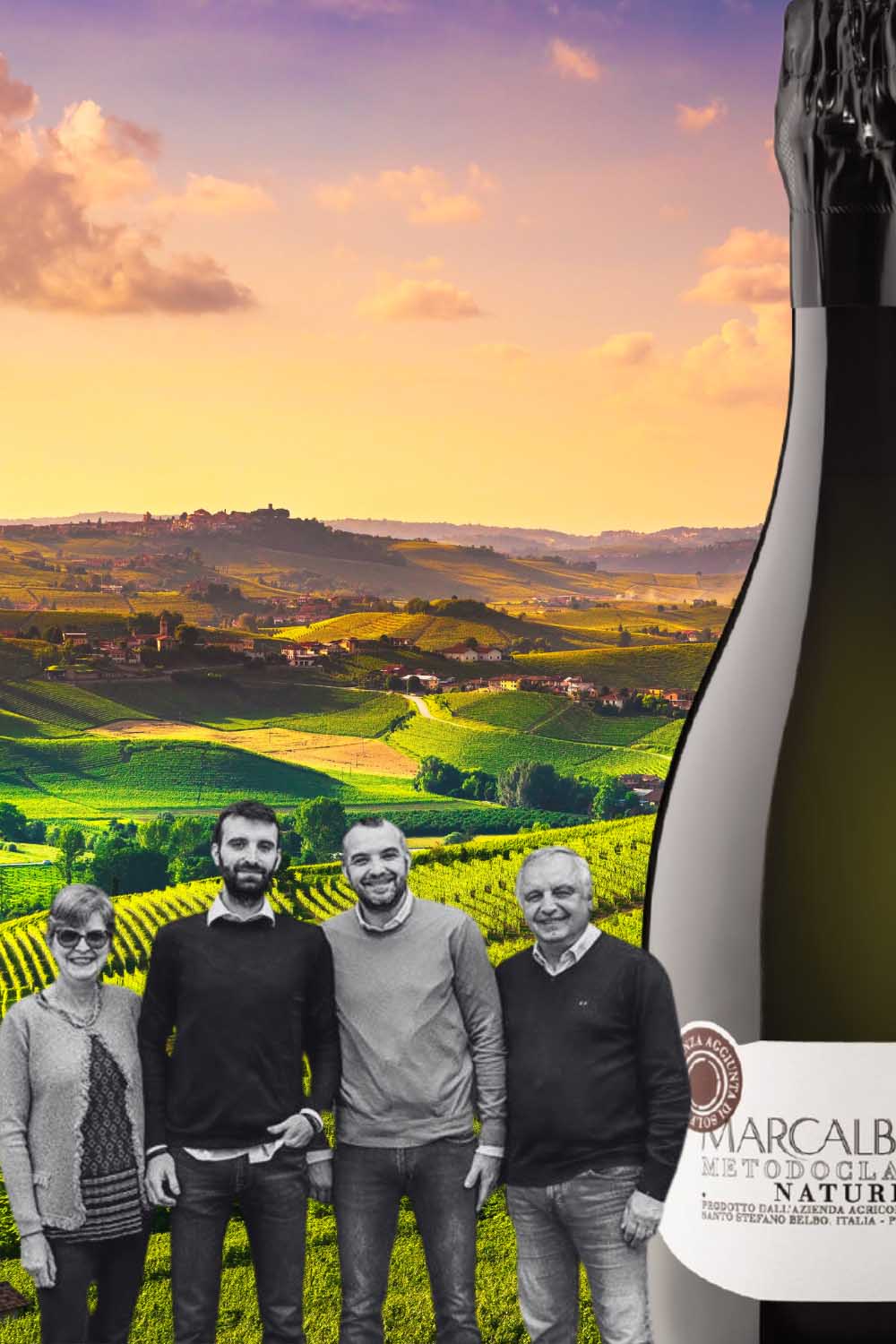Discover the hidden paradise of Piedmont: the Alta Langa and Bossolasco, hidden gems of Piedmont, a journey through nature, culture, and authentic flavors like you've never seen before!
The enchanting region of Alta Langa and the picturesque village of Bossolasco are known for their natural beauty and rich cultural traditions in the heart of Piedmont.
Have you ever dreamed of a place where nature intertwines with history and where every corner tells an ancient tale? Welcome to the enchanting Alta Langa and the picturesque village of Bossolasco, two authentic gems of Piedmont ready to surprise you with their unspoiled beauty and timeless traditions. Prepare to experience breathtaking landscapes covered in vineyards and hazelnut groves, taste fine wines, and discover the secrets of villages that seem to come straight out of a fairy tale.
This area offers a unique blend of unspoiled nature, art, history, and gastronomy.
Among all this, Bossolasco stands out, also known as the “Pearl of the Langhe” or the “Village of Roses.”
The Alta Langa: a treasure to explore - the wonder of landscapes
The Alta Langa, with its gentle hills and lush vineyards, offers views that capture the heart. Imagine walks through fragrant hazelnut groves, paths that follow small streams, and breathtaking views from hidden viewpoints. This region is not only untouched nature but also pure authenticity: every village has a story to tell, a tradition to share, and a charm to discover; towns like Monforte d’Alba, Serralunga d’Alba, Grinzane Cavour, Castiglione Falletto, and even Murazzano will enchant you with their small villages, exclusively local products, castles, and finely restored houses.


The rich history and vibrant culture of Alta Langa and Bossolasco, where the past and present merge into a unique experience.
The Alta Langa is not only famous for its landscapes but also for a history full of events that have shaped the region. Bossolasco, with its medieval churches and stone houses, tells stories of centuries past. The region is a melting pot of cultural traditions, local festivities, and a culinary art that reflects the richness of the land.
What to see and do in Alta Langa and Bossolasco
Plan your visit to Alta Langa and Bossolasco with our guide to the main attractions and must-do activities.
From hiking through the hills to walking among the vineyards, the Alta Langa offers numerous activities for nature lovers and wine enthusiasts. Bossolasco, known as the “Village of Roses,” is one of the most precious gems of the Alta Langa. In spring, its flowering gardens explode in a symphony of colors, creating a magical and timeless atmosphere. Walking through its cobbled streets, you can admire stone houses covered in climbing roses and flowered balconies that captivate every visitor. Don’t miss the many cultural events and festivals that enliven the village, such as the famous Rose Festival, a unique opportunity to immerse yourself in local traditions.
There are many activities you can do:
– Hiking through the hills: venture along paths that wind through vineyards and hazelnut groves, enjoying unique views of the Piedmont landscape.
– Wine tastings: visit the historic wineries of Barolo and Monforte d’Alba, where you can savor excellent wines paired with local products.
– Exploring medieval villages: discover enchanting places like Serralunga d’Alba, Grinzane Cavour, and Murazzano, each with a fascinating history and architecture.
– Cultural tours: visit the Castle of Grinzane, the Wine Museum in Barolo, and other historic sites that tell the rich history of the Langhe.


The flavors of Alta Langa
A gastronomic journey between tradition and innovation, the unique flavors of Alta Langa, where the cuisine reflects the diversity and richness of the territory.
Alta Langa is famous for its excellent food and wine products, such as alpine cheeses, truffles, and prestigious wines, and it offers a culinary experience that combines traditional recipes with contemporary innovations, creating dishes that delight the palate.
Be enchanted by the cuisine of Ristorante Iride in Roddino: chef Isaia skillfully combines local products with incredible contaminations in an extraordinary way!
A visit to Locanda del Bivio in Albaretto Torre is also a great idea. Here, pure tradition is brought to life and on the plate by chef Massimo.
If you want to dine with a castle behind you and endless stretches of vineyard in front of you, don’t miss the “Cantina Comunale di Castiglione Falletto”: even if the season doesn’t allow for outdoor dining, the interior of the venue is remarkable! A wall of wines will be your third guest at the table.
The Michelin-starred chef Pasquale of “Borgo Sant’Anna” in Monforte needs no introduction. Let him work his magic and enjoy the moment.
The inexhaustible charm of Alta Langa and Bossolasco
Let yourself be enchanted by Alta Langa and Bossolasco, destinations that promise an unforgettable experience among nature, culture, and gastronomy.
Alta Langa and Bossolasco are not just tourist destinations but experiences to be lived intensely. If you’re looking for a place where time seems to stand still, where nature embraces history and every corner hides a secret, Alta Langa is your next destination.
Ready to discover this hidden corner of Piedmont?
Plan your trip to Alta Langa today!
Book your stay at Cascina Facelli – Luxury Country House, our b&b with a swimming pool, nestled in the woods and silence, and live an experience you will remember forever, letting yourself be enchanted by the charm of this timeless land.

